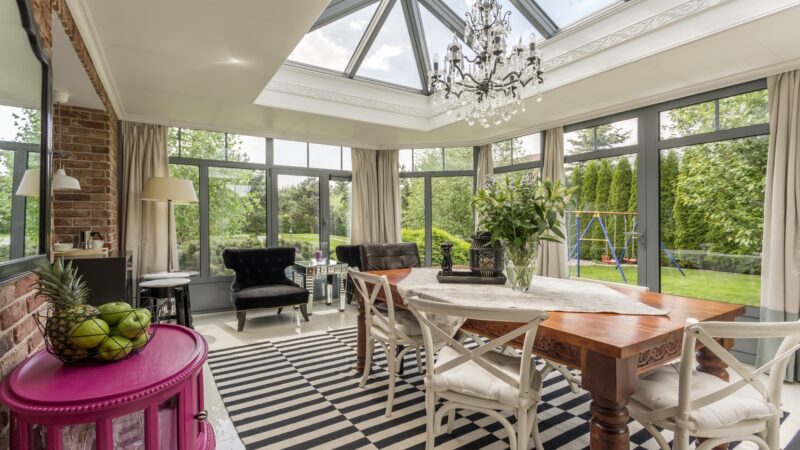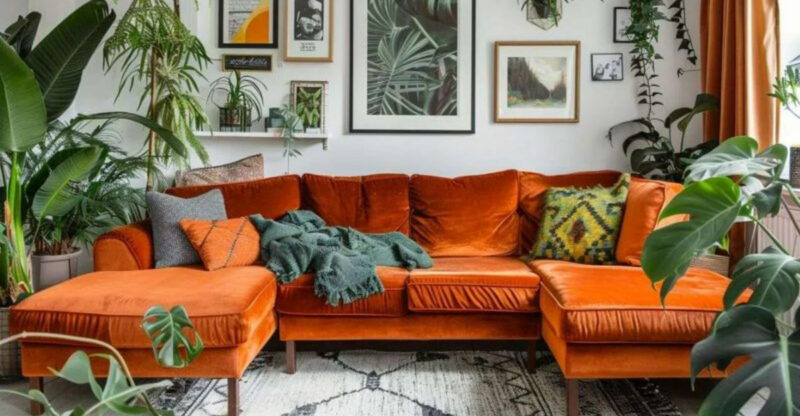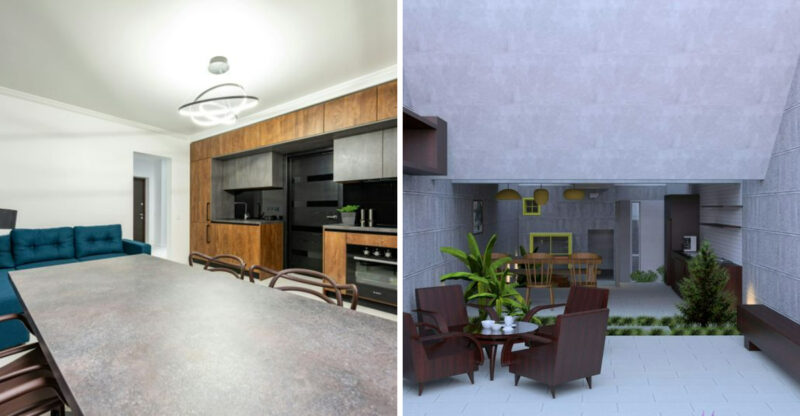21 Ways To Shop At Thrift Stores Exactly Like Design Pros
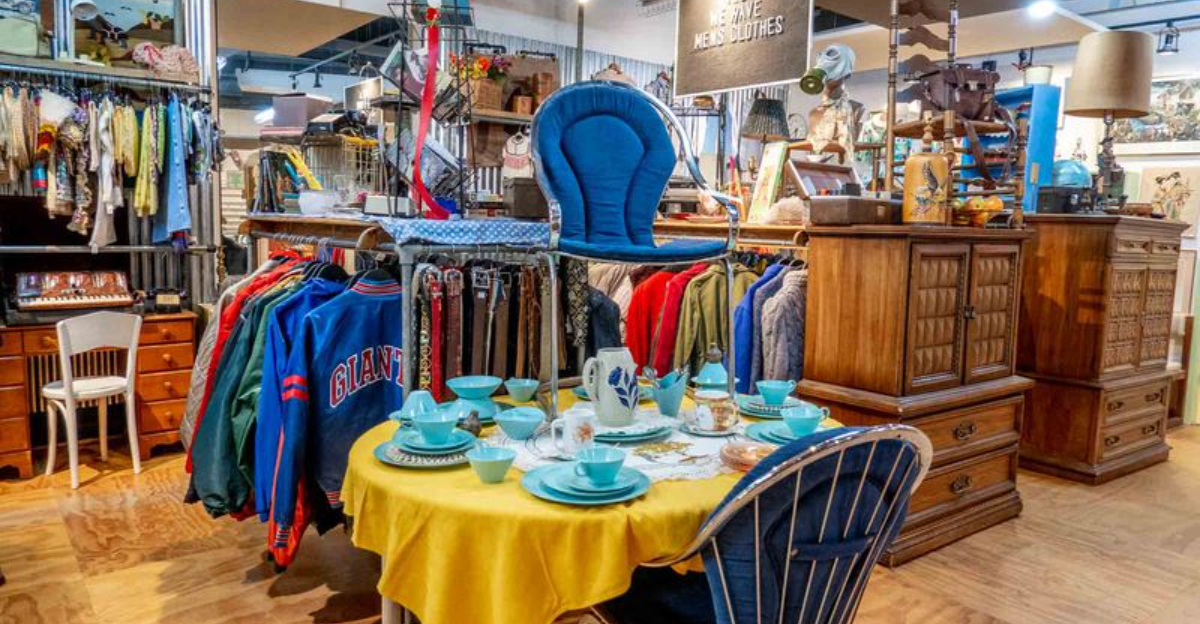
Think thrift stores are just grandma’s leftovers and chipped teacups? Oh honey, not even close. Design pros know these places are gold mines, where one person’s “What is this?” is another person’s “Why isn’t this in a magazine spread?”
From high-end furniture hiding behind a stack of VHS tapes to vintage art that costs less than your lunch, thrift stores are where creativity meets budget in the best way possible.
So roll up those sleeves, grab a coffee, and prepare to dig, because we’re about to turn you into a secondhand style legend. Let the treasure hunt begin!
1. Measure Twice, Shop Once

Never leave home without a measuring tape! Professional designers always carry measurements of their spaces, doorways, and existing furniture.
You’d be surprised how often I’ve spotted the perfect vintage credenza, only to discover it wouldn’t fit through my client’s hallway.
Bring a small notebook with all your critical dimensions. This prevents both heartbreak and the awkward situation of buying something that ultimately becomes expensive sidewalk decor.
2. Shop With A Color Palette
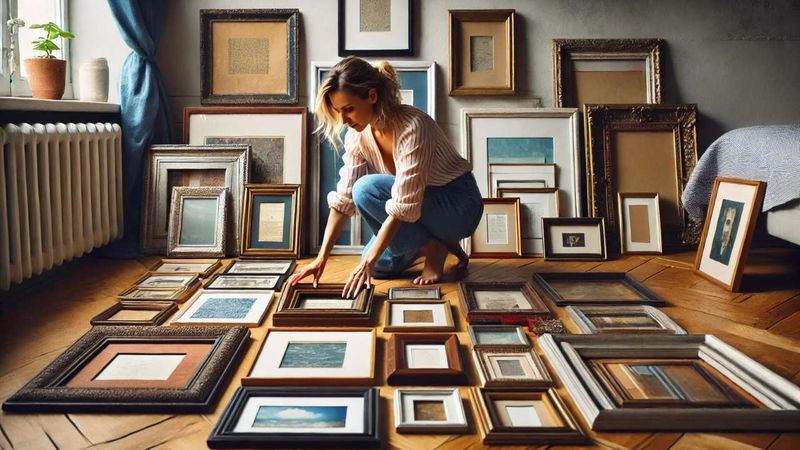
Professional designers don’t randomly pick items that catch their eye. We shop with specific color schemes in mind, often bringing paint swatches or fabric samples to match perfectly. This habit transforms scattered shopping into strategic collecting.
Create a small color palette card that lives in your wallet. When you spot that quirky ceramic lamp or interesting art piece, you’ll instantly know if it works with your existing decor.
3. Ignore The Ugly Finish

Where amateurs see an outdated oak table, professionals visualize the stunning piece it could become. Train yourself to look past current finishes and focus on the bones of furniture.
Solid construction trumps temporary aesthetics every time.
Wood pieces with good lines can be painted, stained, or refinished. Heavy, substantial items typically indicate quality craftsmanship worth salvaging. Those wobbly, lightweight pieces? Leave them behind.
4. Focus On Unusual Shapes
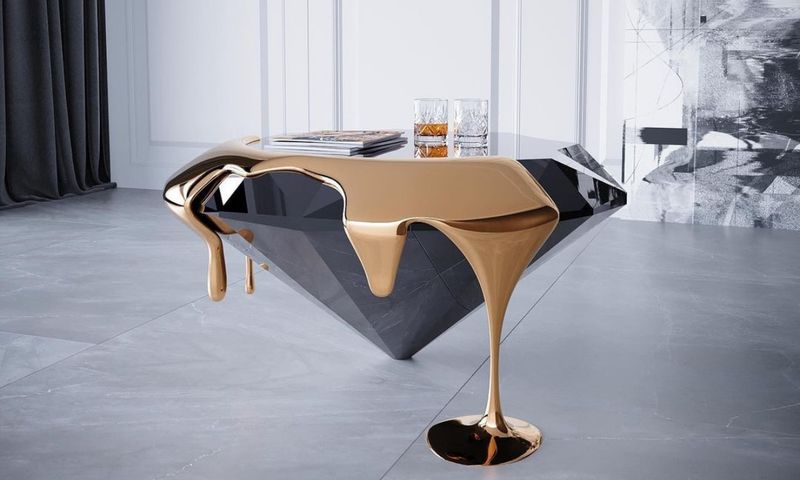
Ordinary items rarely make memorable design statements. Professional designers gravitate toward pieces with distinctive silhouettes that break the predictable mold of mass-produced furniture. Unusual shapes create conversation starters and visual interest.
Look for curved lines, asymmetrical designs, or unexpected proportions. That oddly-shaped ceramic might become your most complimented mantel piece.
While others pass by these unique treasures, you’ll recognize their standout potential.
5. Check For Maker’s Marks
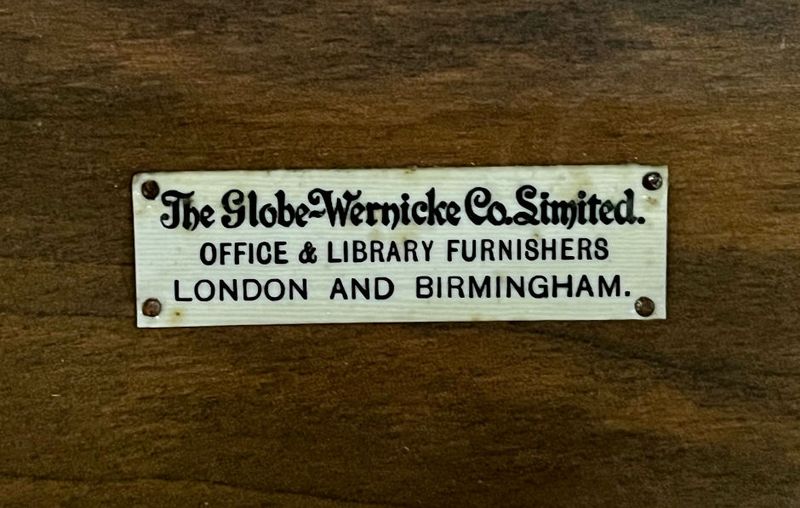
Flip over plates, look under furniture, and examine the backs of artwork. Hidden signatures, stamps, and labels reveal valuable information about an item’s origin, age, and potential value. Many thrift store employees miss these crucial identifiers.
Familiarize yourself with notable makers’ marks from different eras. Some of my biggest scores came from spotting unmarked Heywood-Wakefield pieces or unsigned Bitossi ceramics that others overlooked.
Your phone becomes your best research assistant here.
6. Reimagine Item Functions

Professional designers excel at seeing beyond an object’s intended purpose. That vintage suitcase? A stylish side table. Old wooden ladders? Perfect bathroom towel storage. Silver serving trays? Stunning wall art when mounted.
Challenge yourself to brainstorm alternative uses for interesting objects. Some of my most acclaimed design solutions came from repurposing thrifted items in unexpected ways.
This creative thinking separates amateur decorators from true design professionals.
7. Develop A Signature Collection
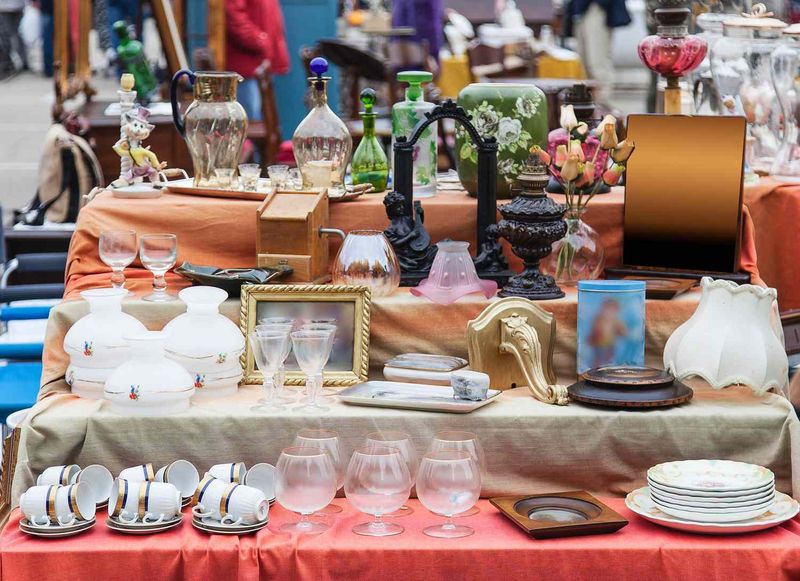
Random thrifted items can look disjointed. Design professionals often develop signature collections that create cohesion across different spaces. Perhaps you’re drawn to brass animals, vintage globes, or mid-century ceramics in specific colors.
Start noticing patterns in what catches your eye. Then intentionally build upon these collections over time. Grouped displays of similar items create visual impact that scattered individual pieces never achieve. Your collection becomes your design signature.
8. Shop Off-Schedule

Timing separates amateur thrifters from professionals. Avoid weekends when stores are crowded with casual browsers. Instead, visit on weekday mornings when new merchandise is typically put out and competition is minimal.
Ask store employees about their restocking schedule. Many thrift stores receive donations throughout the week but process them on specific days.
Showing up right after processing gives you first pick of fresh inventory before the good stuff disappears.
9. Bring Fabric Swatches

Professional designers never trust their memory when matching colors and patterns. Carry small swatches of your existing upholstery, curtains, and bedding when hunting for complementary pieces. This simple habit prevents costly color-matching mistakes.
I keep a small fabric library in my thrifting tote bag. When I spot a potential artwork or accent piece, I can immediately check if it harmonizes with existing textiles.
This technique creates cohesive spaces that look thoughtfully designed rather than randomly assembled.
10. Look For Natural Materials
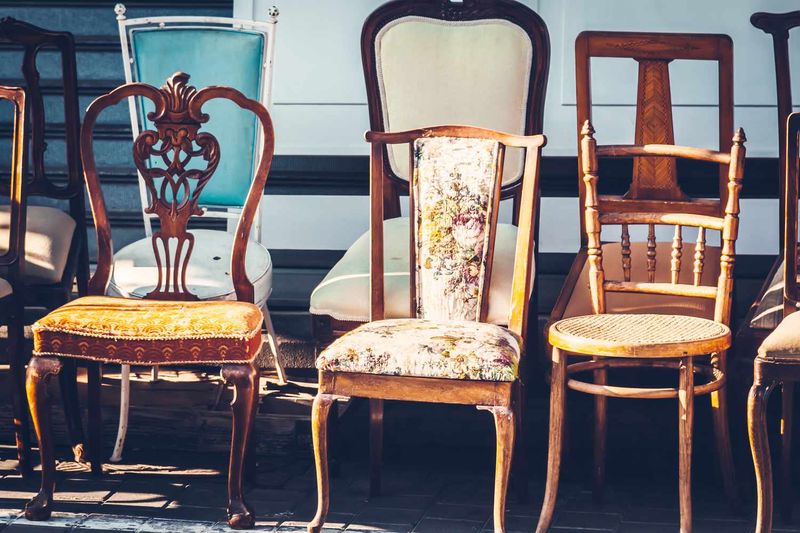
Solid wood, real marble, genuine leather, and authentic brass age beautifully compared to their manufactured counterparts. Professional designers train their eyes to quickly distinguish between natural materials and imitations, even from across a crowded store.
Learn the telltale signs: real wood has varying grain patterns, marble feels cool to touch, quality leather develops a patina rather than peeling.
These natural materials elevate your home’s aesthetic while typically offering better longevity than synthetic alternatives.
11. Build Relationships With Staff
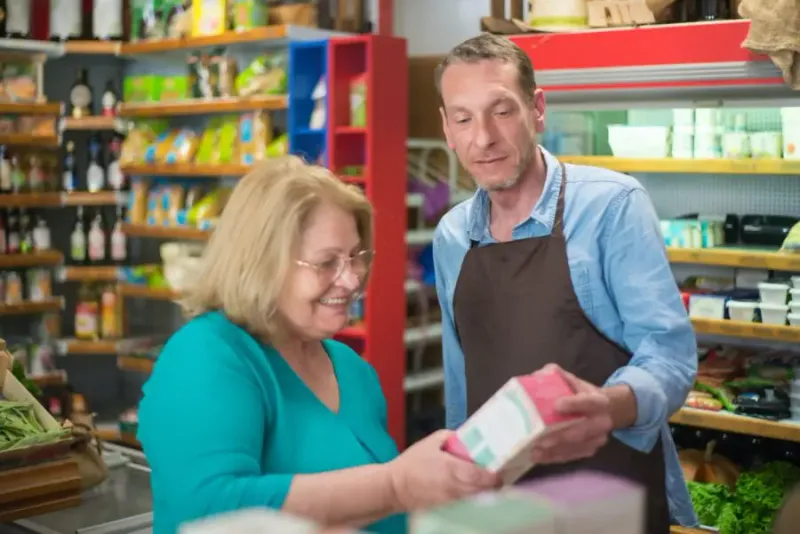
Regular, friendly interactions with thrift store employees can transform your shopping experience. These relationships often lead to insider information about upcoming donations or special items being processed behind the scenes.
Learn staff members’ names and engage in genuine conversations. I’ve received countless texts from thrift store managers alerting me to mid-century furniture arrivals because they know my preferences.
These connections give you access to items before they ever reach the sales floor.
12. Test Furniture Stability
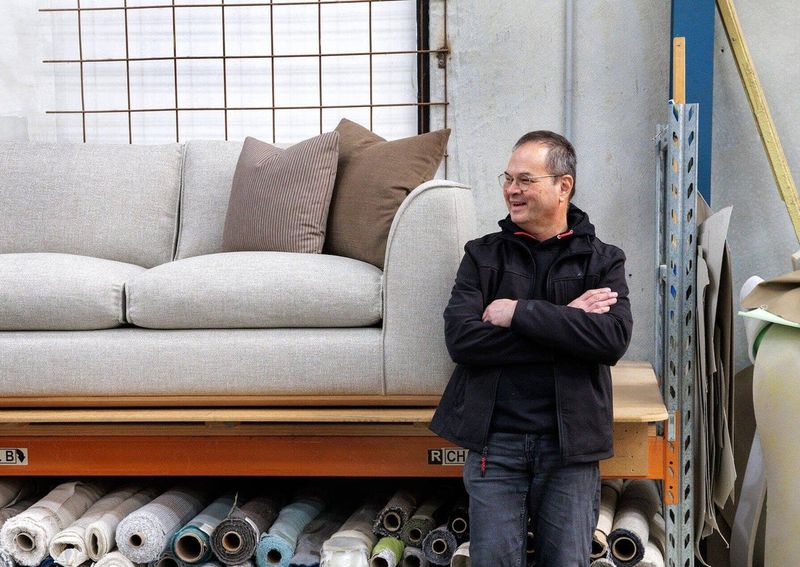
Amateur thrifters get distracted by pretty upholstery while missing critical structural problems. Give furniture the professional inspection it deserves by testing its stability. Gently rock chairs, open and close drawers, and check for loose joints.
Minor wobbles can usually be fixed with wood glue or new screws. However, major structural issues require professional restoration. Learn which problems are simple fixes versus expensive repairs.
This knowledge prevents bringing home beautiful disasters.
13. Shop With a List, But Stay Flexible
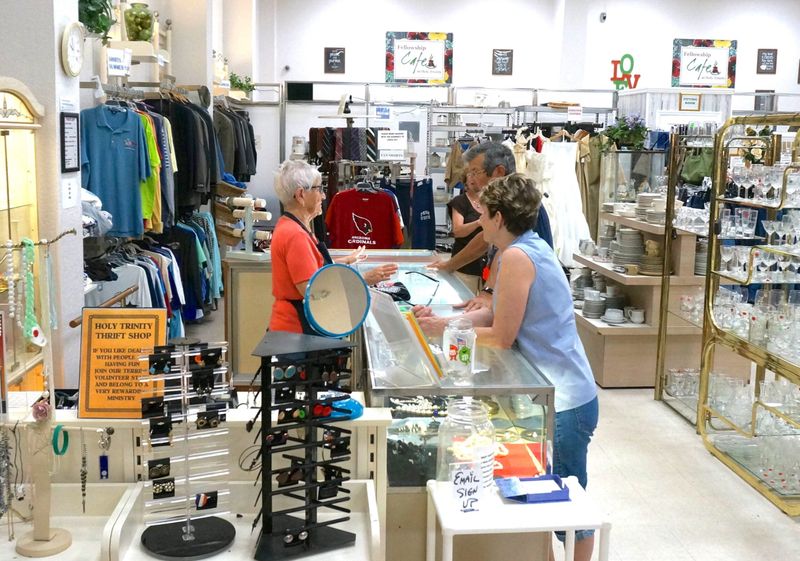
Design pros don’t just wander the aisles like lost shopping carts, they strike the perfect balance between having a game plan and letting the thrift gods surprise them. Start with a prioritized list of what your space actually needs (yes, even if that means measuring that awkward corner). However, keep your eyes open for those unexpected gems that practically scream, “Take me home!”
Think of it as treasure hunting with a map and a wild sense of adventure. A good thrifting list is like GPS for your design journey, it keeps you on track without killing the thrill of the chase.
Without one, you’ll either leave with nothing or suddenly own six ceramic roosters… and unless your design theme is “barnyard chic,” that’s a hard no.
14. Learn Basic Restoration Skills
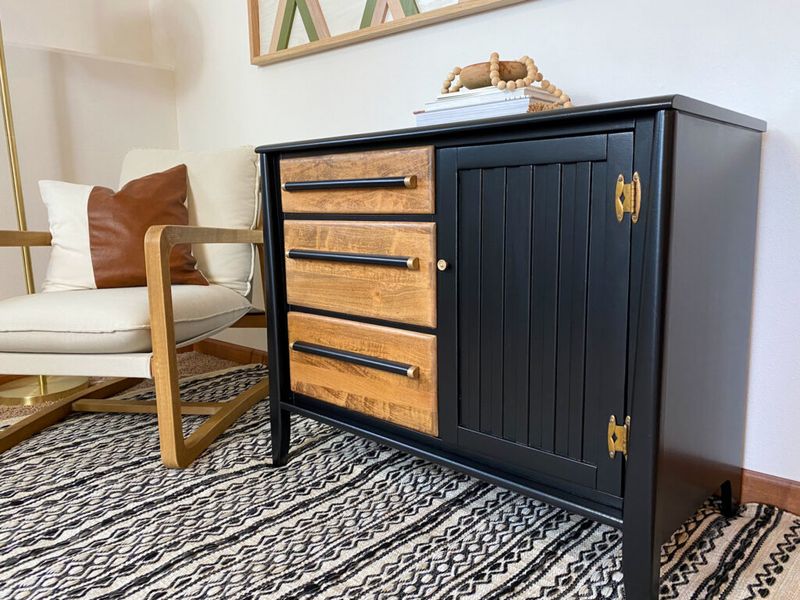
Design professionals aren’t afraid to tackle simple restoration projects. Learning basic skills like reupholstering seat cushions, refinishing wood, or rewiring lamps dramatically expands your thrifting potential.
Start with small projects to build confidence. YouTube tutorials make these skills more accessible than ever. My clients are often amazed to learn their favorite “designer” pieces were thrift store finds transformed with simple DIY techniques.
15. Examine Items In Natural Light

Thrift store lighting notoriously distorts colors. Professional designers know to examine potential purchases near windows or even take items outside to see their true colors and condition.
That “perfect green” vase might actually be teal in natural light. Those “minor scratches” on furniture might be major damage when properly illuminated.
I always ask permission to move items to better lighting before making final decisions.
16. Know Your Eras
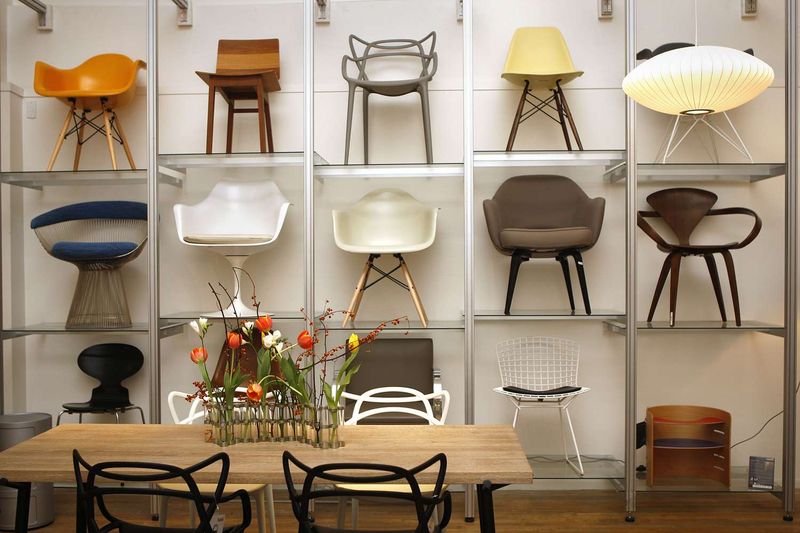
Professional designers can quickly identify furniture from different design periods. This knowledge helps spot valuable vintage pieces often mislabeled or underpriced in thrift stores.
Study the distinguishing characteristics of major design movements, mid-century modern’s clean lines, art deco’s geometric patterns, Victorian ornate details. Understanding these differences transforms random browsing into targeted hunting. Those $20 “used chairs” might actually be valuable Eames-era treasures.
17. Visualize Through Photography
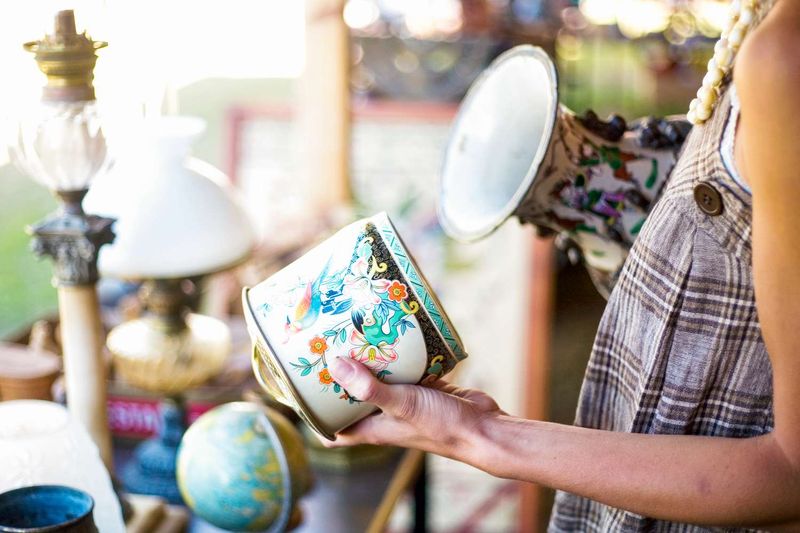
When uncertain about a potential purchase, professional designers take photos of items in the store. This simple trick helps visualize how pieces might look in your space and reduces impulse buys you’ll later regret.
Take multiple angles, then step away to review them objectively.
I often create quick mockups by inserting thrift store photos into pictures of clients’ rooms. This technique has saved me from many beautiful mistakes that wouldn’t have worked in actual spaces.
18. Shop The Wealthy Neighborhoods
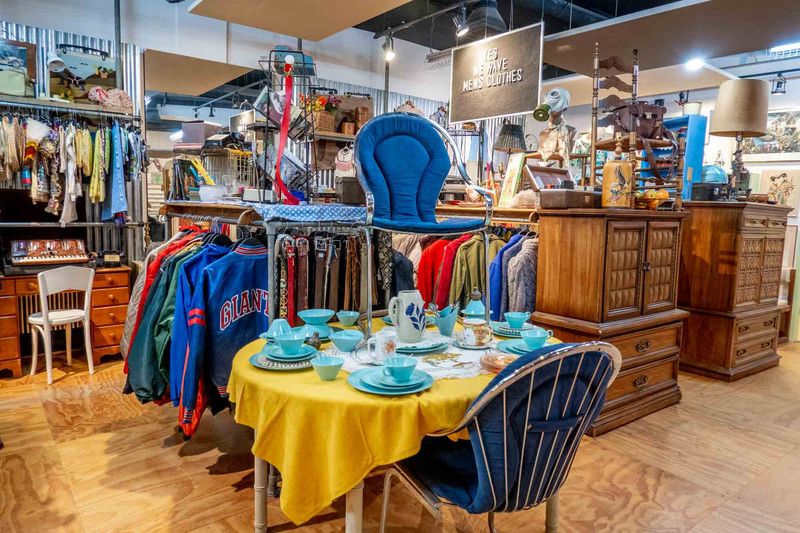
Location matters tremendously in thrift shopping. Stores in affluent areas typically receive higher-quality donations from residents who replace perfectly good items more frequently.
Professional designers regularly map thrifting routes through upscale neighborhoods.
These locations often yield designer furniture, quality artwork, and high-end accessories at fraction of retail prices. While prices might be slightly higher than other thrift stores, the quality difference justifies the premium.
Some of my most impressive client pieces came from donation centers in wealthy zip codes.
19. Go Beyond Furniture

Amateur thrifters often fixate on furniture while overlooking smaller treasures. Professional designers scout for vintage frames, interesting vessels, unique bookends, and quality textiles that add character to spaces.
These smaller items typically require minimal restoration and make perfect styling accessories. A collection of thrifted brass candlesticks can transform a mantel.
Vintage hardcover books create instant sophistication on shelves. These accessible finds often make the biggest impact in polished spaces.
20. Bring Reference Images

Professional designers shop with inspiration photos that guide their thrift hunting. Whether saved on your phone or printed out, these visual references help identify pieces with similar potential, even when current conditions differ.
That worn chair might not look special now, but your reference photo shows how similar pieces transform with new upholstery.
These images train your eye to see beyond current state to future potential. They also help communicate your vision when asking for assistance from store staff.
21. Trust Your Gut (But Know When to Walk Away)

Professional designers know how to walk the fine line between heart eyes and hard truths. That unexplainable pull toward a quirky lamp or wonky chair? It’s often a sign you’ve spotted untapped design magic, something others overlooked while you saw potential with a capital P.
But let’s be real, not every thrift store “find” is worth the fixin’. If the restoration looks more like a renovation, or the price tag makes your wallet break into a cold sweat, it’s okay to walk away.
Develop your own thrift radar for when to splurge and when to swerve.
Sure, you might shed a tiny tear for that velvet armchair you didn’t grab… but you’ll never regret dodging a full-on DIY disaster.
Remember, not every diamond in the rough is worth digging for, sometimes it’s just a shiny money pit in disguise. Trust your gut, trust your glue gun, and thrift on!


